Decorative dogs: description of breeds and features of content
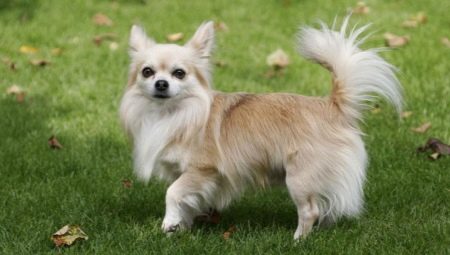
Initially, man tamed the dog for utilitarian purposes - guarding, hunting. But with the advent of free time among the wealthy strata of the population, the love for these animals did not pass, and the desire to have them at hand (in the literal sense of the word) intensified. It was then that small dogs appeared in the houses of noble townspeople, which served one purpose - to decorate the house and owners. Although, they say that they also lured the fleas of the owner over to themselves. How true this is - no one knows, but the fact that there were and are breeds that drove rodents around the castles is reliably known.
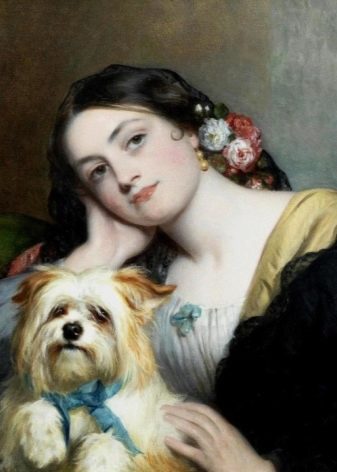

Remember how many portraits of famous persons with lap dogs have been written: queens and empresses, celebrities and just famous people. And the variety of breeds allows you to choose a pet in terms of size, color, character, price - if you wish. But what kind to prefer and how much effort will be required in caring for a decorative dog is a big question.
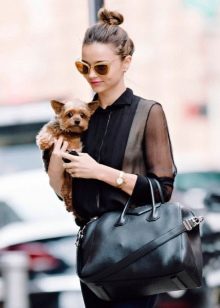

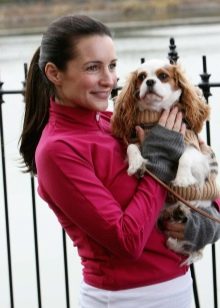
Peculiarities
According to the classification of the International Cynological Federation (FCI), decorative dogs belong to the 9th group "Toy and Companions", which currently includes about 50 breeds. According to other classifications, some breeds are added or excluded from this group, therefore there are discrepancies in their description. Generally, this concept means dogs with a height at the withers up to 38 cm. They are not intended for guarding, searching, escorting, hunting and other types of work. Their task is to please their beloved owners with their appearance.

So, the first two features were determined: small growth and lack of specified performance characteristics. Some breeds are really so small that they are called pocket, cup. Generally, the name of the group - toy - translates as "toy"... Therefore, the third feature can be called attractive external data, although this concept is very subjective, because some people do not like bald dogs, while others do not like long-haired ones. But here it is not even a matter of subjectivity, but of the origin of the breed and its selection.
Some species were originally created for work, but later became decorative. These include, for example, the Pomeranian, Miniature Pinscher, Australian Silky Terrier.
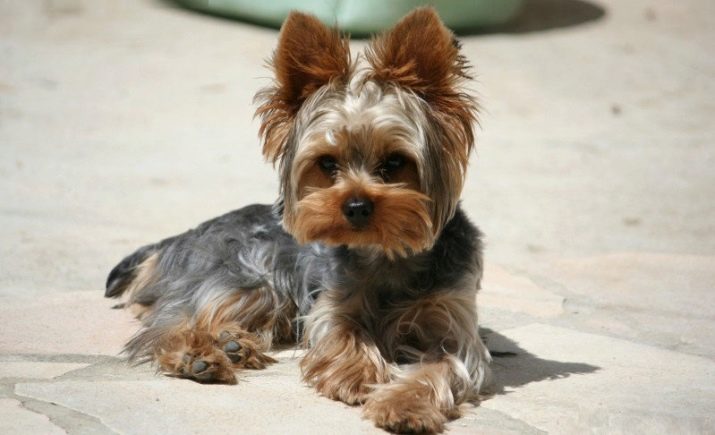
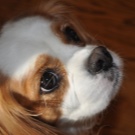


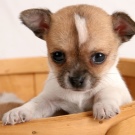
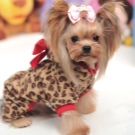
During selection, external signs were fixed that pleased the owners. Sometimes they are brought to excessive protrusion, exaggeration. The result is the emergence of mutant and dwarf forms. The next feature is selection by character. A small dog should evoke affection, please the owners and guests, be attached to a person. It is these character traits that are considered correct. If the animal is aggressive, hysterical, then this is the fault of the breeders - they fixed only the exterior to the detriment of behavior.
Another feature is the clear voice in almost all small breeds. And he can greatly annoy not only you, but also your neighbors. But thanks to the barking bark, the companions more than once saved the apartments and houses of their owners from the penetration of strangers - they will not attack, they will scare them off.
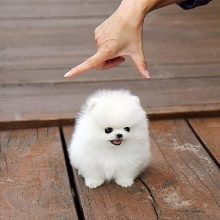
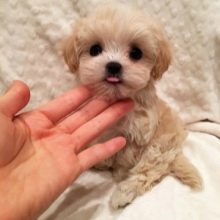
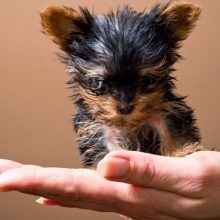
But among the decorative breeds, there are many who have retained their performance characteristics. For example, West Highland White Terrier is an excellent hunting dog adapted to live in an apartment... Like all terriers, it is active, energetic, sonorous, loyal to its owner, while it has a height at the withers of less than 30 cm and a beautiful appearance. The job of breeders for these dogs is to achieve smaller sizes for keeping in the house.
So it turns out that indoor decorative dogs are such a large group that it is impossible to give a general description of it. But still, the general advantages and disadvantages of "Toys and Companions" can be noted.
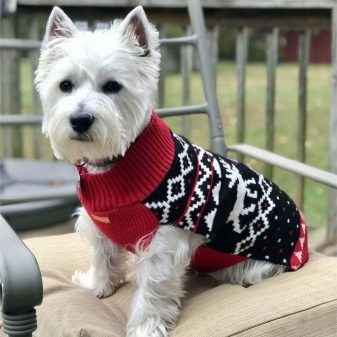
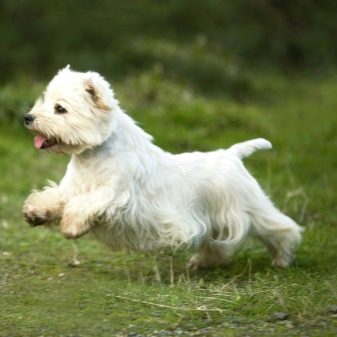
Pros and cons of dogs
Of course, the main advantage of small pets is their compactness. Even in a small apartment there is a place for them. Some breeds are smaller than a normal cat. She also eats little, which means that the cost of food will be much less than for large individuals. It is easier to cope with such a dog on a walk, a woman or a teenage child can walk with it. There are breeds of hairless dogs or without undercoat, and this is a good chance for allergy sufferers to get a real four-legged friend. Among the small breeds there are also good hunting dogs. But any medal has a downside.
- Very often, decorative dogs have such fragile bones that careless handling of a small pet by children can lead to fractures. And in order to break the leg of a toy terrier or chihuahua, they just need to jump off the couch.
- Due to their small size, animals are often freezing, especially short-haired or hairless (hairless) breeds. They will have to buy, sew, knit overalls, blankets and other clothes and shoes.
- For them, you need to select food more carefully, since their stomach is weak. In addition, dogs of decorative breeds, often being hypoallergenic, are themselves prone to allergies.
- Many types of indoor miniature dogs have beautiful long hair that requires special care: special cosmetics, visiting a groomer, trimming.
- Most breeds will not be able to protect you or preserve your property - the qualifications are not the same.
- Miniature dogs are difficult to breed. Only bitches with a weight of at least 1.6 kg are allowed to mate. It is not often that they give birth on their own. And, therefore, it will be necessary to contact the veterinarian for a cesarean section.
And each named item requires additional material investments. Therefore, it may turn out that the dog is small, and the costs are high.
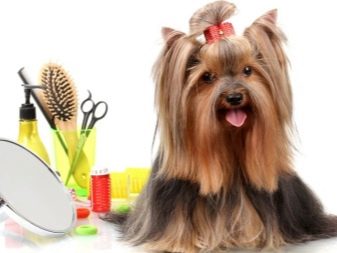
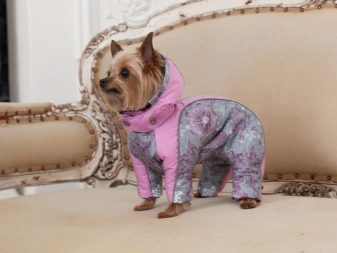
Popular breeds
On various sites you can find ratings of the most popular pet dog breeds.But none of them can be objective, because each of us needs our own dog: smooth or fluffy, active or melancholic, hunting or knee. Therefore, we will not rank pets in our top, but will only tell you about the most interesting breeds and their varieties, summarizing data from different sources.
Three breeds can divide the leading positions in the list: Yorkshire Terrier, Chihuahua and Pomeranian. The Yorkie has varieties: with a weight of up to 1.5 kg - micro York, 1.5-2 kg - mini, 2.1-3.1 kg - standard. The maximum height is 24 cm at the withers, the minimum is unlimited. This is a favorite of the female half of humanity, but there is a suspicion that men are simply carefully hiding this love.
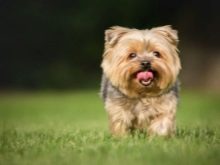
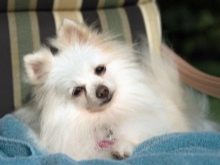

The history of the origin of the breed is rather prosaic - the Yorkshire was bred to catch rats at coal mines in Yorkshire, old England. But the long-haired dog at the coal plant was an unpleasant sight, but one noble lady really liked it in its pure form. Soon mobile, bold, inquisitive, devoted Yorkies appeared in the houses. They treat all family members well, but even with their small stature, they try to dominate other animals. York Terriers need walks, but can also pee in a litter box. The disadvantages of the breed include loud (sometimes unreasonable) barking. And to the obvious pluses - hypoallergenicity.


Men call Chihuahuas a piglet. A short-haired little dog evokes tenderness and a dumb question: "What is the only thing that keeps the soul?" But do not flatter yourself - these babies are quite capricious, they may be offended if you do not treat them to a treat or take them for a walk. At the same time, they are curious, active, observant, temperamental. They can be called conformists, able to understand and adapt to the character of the owner. Despite being 15–23 cm tall and weighing from 0.5 to 3 kg, the Chihuahua will rush to defend its owner, barking loudly at the opponent.
At the same time, they are considered to be very smart, although this does not save them from the nocturnal ringing barking - they just have a subtle instinct, so they feel any change in the reporting territory and try to warn the owner about it.
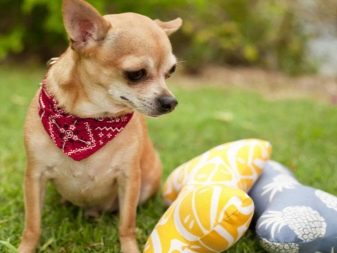
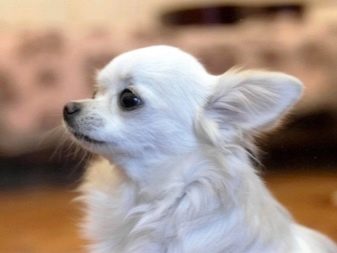
The Pomeranian is an almost round fluffy toy with hard fur, playful character, irrepressible energy. This is a real friend, a kind of psychologist who can save a person from blues and just a bad mood. The most popular color is precisely red (orange is an orange citrus fruit), therefore it looks like a fox. The breed was already known in the 16th century. The aristocrats of the Holy German Empire often kept a friendly and peaceful dog at home. And her immunity is quite strong. Only wool needs special care, which is better to pluck than to cut.
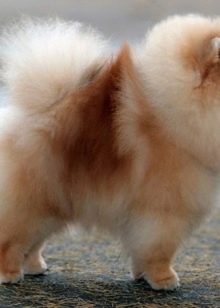
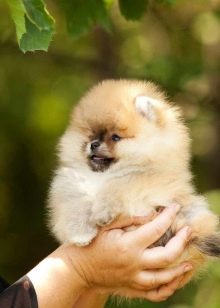

Another favorite of the modern beau monde is the Maltese lapdog (maltese). A snow-white beauty 20-25 cm tall and weighing 3-4 kg appeared presumably on the island of Malta. If the owner has enough time and patience to take care of the pet's coat, then it will be a real decorative dog. Beauty is the breed's trump card, but not the only one. Curiosity, mobility, a high level of intelligence, coupled with stubbornness, restlessness, a desire to find adventure - that is still a cocktail, the owners will definitely not get bored. Many people note the extraordinary magic of Malta's gaze: it penetrates so deeply that, as the owners say, it is able to take on all the fatigue and worries, to cheer up in order to feel like a human again.

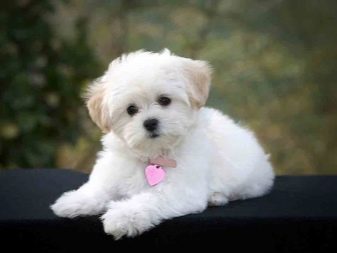
A pug is a funny creature with a flat muzzle that appeared in China a long time ago. The dog is compact, but by no means miniature. Bulging eyes, bent ears, a tail in a ringlet, a waddling gait - all these exaggerated features cause not rejection, but tenderness. The dog is not as mobile as the hunting species, but it runs with pleasure and plays with the owner. The pet is just created for communication, including with children.Dogs are smart, and therefore they are happy to train. The pug does not like to be alone, he needs attention and care. They live quite a long time, amusing people with their appearance, guilty look. They also snore funny in their sleep, and sometimes snore.
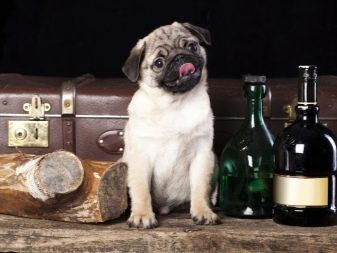
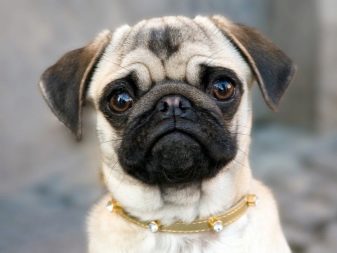
There are several varieties of poodles: large, medium, small, toy. Plus, there are a large number of different colors. Initially, the breed was so popular that breeders crossed it with others quite often. As a result, several decorative breeds emerged from the poodle. They are very intelligent dogs, perfectly trainable, have an aristocratic appearance. But if you train him, he will be an excellent hunter. The dog is not afraid of strangers, loves attention. She is affectionate and cheerful. The Miniature Poodle is ideal for both children and seniors. At the withers it reaches 35 cm, has a sharp muzzle and long drooping ears. Not subject to molting.
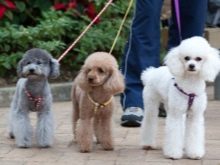
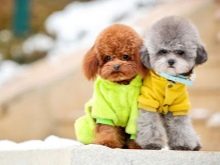
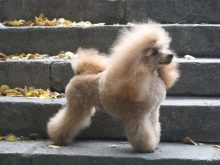
The French say: "If you go to visit and inadvertently take a Shar Pei with you, do not be surprised that you will simply not be noticed." One side, Shar Pei is a hunting, fighting, guard dog, and its growth is higher than apartment individuals... On the other hand, it is gaining more and more popularity as a domestic decorative dog. Probably, over time, Shar Pei may shrink in size to meet FCI standards in the "Toy and Companions" group, for now, amateurs, but not professionals, are ranked in this group.
This dog is loved for its unusual appearance - a large number of folds on the plush skin of the body and head wants to be cuddled by a child or an adult. Family members will be allowed to do this, but the Shar Pei is careful with strangers.
A dog, realizing its superiority over other animals, must be educated and must be trained. But your home will be under reliable protection.

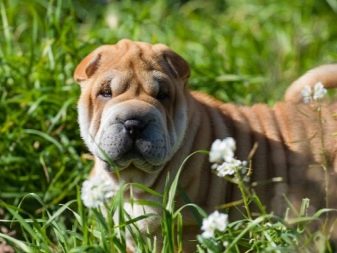
The ninth section of the IX group of the FCI classification includes the continental toy spaniels of the Papillon (Papillon) and Phalena, as well as the Russian Toy Terrier. Papillon and phalene differ in the setting of the ears: in the papillon they are erect, resembling the wings of a butterfly, in the phalene they are refracted. These breeds were known for social events and halls of royal palaces. They were created exclusively for decoration; they were previously considered a symbol of monarchical power. Pets are very attached to their owners, but they demand the same from a person - separation in 10 minutes is considered a tragedy.
They love to play and caress, but often become selfish and will not tolerate offense. But even with severe grief, they will never allow themselves to bite someone. Dogs are smart, but they must be brought up, as well as walk a lot and comb their long hair daily.
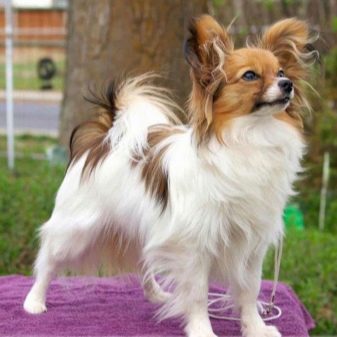
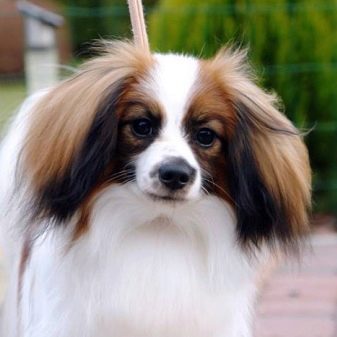
The Russian Toy Terrier grows 20–28 cm tall and weighs up to 3 kg. The Russian toy appeared in the middle of the 20th century and significantly reduced the illegal import of English decorative dogs by its appearance. The breeders have definitely succeeded in the breed: smooth-haired, nimble, funny, active, with good hearing and a clear voice. Loves to travel, but also feels great in a big city. Has good physical and mental health: the desire to be the best among the four-legged (regardless of size) is simply off scale.

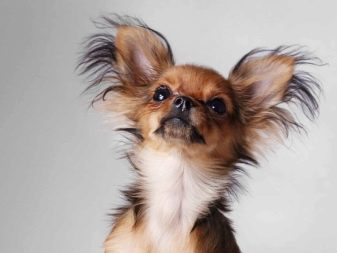
The Chinese Shih Tzu (lion cub, chrysanthemum dog) is one of the oldest breeds. The dog was nicknamed the lion because, supposedly guarding the Buddha, she was able to turn into a lion. And chrysanthemum - because of the peculiarities of the growth of hair on the nose, which resembled a flower. The Shih Tzu is distinguished by its beautiful wool, which will take a lot of time to groom. The color can be absolutely any. And to maintain beauty, you need a very balanced diet.
This is the kindest pet that loves to communicate and play with both people and animals. A proud creature that prefers to be in the spotlight. These daffodils are so absorbed in their beauty that they will allow not only their own, but also a stranger to approach them.Therefore, they will not be guards.
But the plus in dogs is the love of travel and the ability to be alone.
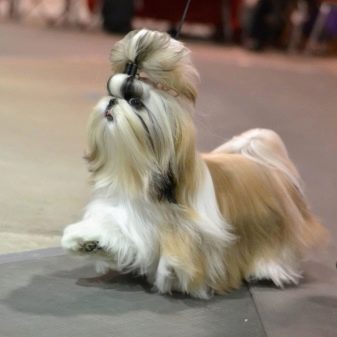

The Chinese Crested belongs to a subgroup of hairless dogs. Height - from 23 to 33 cm, weight - up to 5.5 kg. But the dog is very lean and beautiful. The crest on the head, bushy tail, mane and paws make it look like a horse in apples (the color is very often spotted). A groomer will help to give such an exterior. Another subspecies of the crested - powderpuff - long-haired. The character is quiet, peaceful, they easily get along with other animals, often being subordinate to them.
Despite the name, there is an assumption that the history of the dog began in Africa or Mexico. Animals are very sociable, do not tolerate loneliness, at the same time they are mischievous. It's good if there are some other pets in the house, so it will be easier to keep the adventurous character of the crested. But they are very loyal and accommodating. From early childhood, puppies need to be brought up, at 4–5 months they should begin to train.
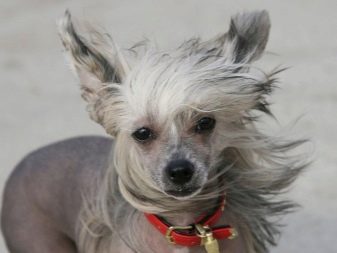
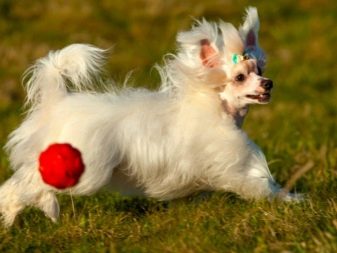
The Japanese Chin, like the Pekingese and the Shih Tzu, was bred for the emperor. The task of the "precious" one was to improve the mood of its owners. No one had the right, except for members of the imperial family and a specially trained person, to touch the chin. It was worth fabulous money. A soft and silky dog can only be in two color combinations: black and white or red and white. The structure of the skull, the muzzle - from the spaniel, the density of the coat - from the Shih Tzu. The height of the dog at the withers is 20-25 cm, weight is from 1.8 to 4 kg.
Royal habits make themselves felt: the dog is aristocratic, clean, restrained. Her character is lighter than that of other members of the group. Active dogs need movement, although historically the hin has lived only indoors. The Japanese is suitable for both families with children and the elderly. The dog is devoted to the highest degree - it will not leave the owner for a minute.
This is only a small part of the list of decorative dogs, but you can talk endlessly about each breed - they are so interesting, and sometimes unusual.

How to choose a puppy?
Any of the listed breeds is suitable for keeping in an apartment and a private house. The only question is what do you expect from the pet, how much time you are willing to devote to it and what funds to spend on the purchase and maintenance. In addition, there are a few other positions that need to be well thought out:
- whether there is enough space in your house or apartment so that the dog does not get in the way;
- the dog is not in vain similar to its owner: the temperaments of all family members must be taken into account before choosing a puppy (an active dog can cheer up your melancholic child, and a calm one can neutralize hyperactivity);
- whether there is enough time for family members to walk the dog on time, visit the veterinarian, bathe, comb;
- are you planning to mate a dog;
- what gender is preferable for you;
- is it important for you that the dog will / will not participate in exhibitions;
- are you ready for the fact that the dog may get sick, because it will need treatment and care;
- would you like to see your pet next to you during your trips or it will remain sad at home.
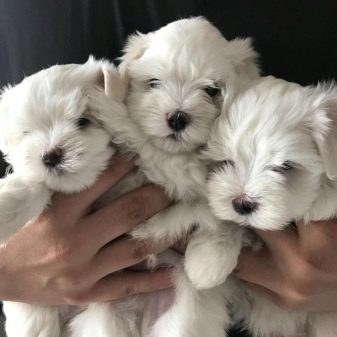
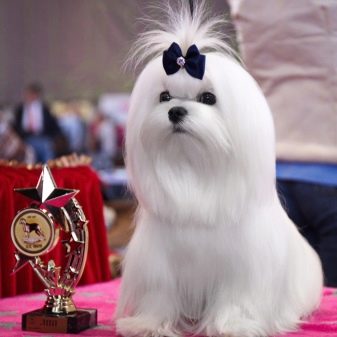
If the answers to these questions have appeared, you should start choosing a cattery. Decorative breeds are defined in cynological associations, which means that each purebred puppy will be provided with documents. If this is important to you, then you need to choose only the kennel that is registered with the dog handlers. If the availability of documents is completely unimportant, then you can afford absolutely any puppy of a suitable breed, but immediately get busy with obtaining a vaccination passport from a veterinarian.
All the little puppies are adorable, but take your time to buy at first sight. If possible, watch the puppy's parents, and also watch him. Pay attention to the conditions in which the puppy was born and lives: untidiness of the owners can affect the health of the baby.Examine it carefully for activity, cleanliness of the skin, discharge from the eyes, nose, anus: everything should be clean, no wounds, scars, wetness. Pedigree dog breeders always have test results for genetic diseases of puppy parents - do not hesitate to ask for such documents.
Before buying a puppy, it makes sense to go to dog shows and competitions in order to make sure of the correct choice, observe the behavior, talk with the breeders, get their advice on the care and education of the puppy.
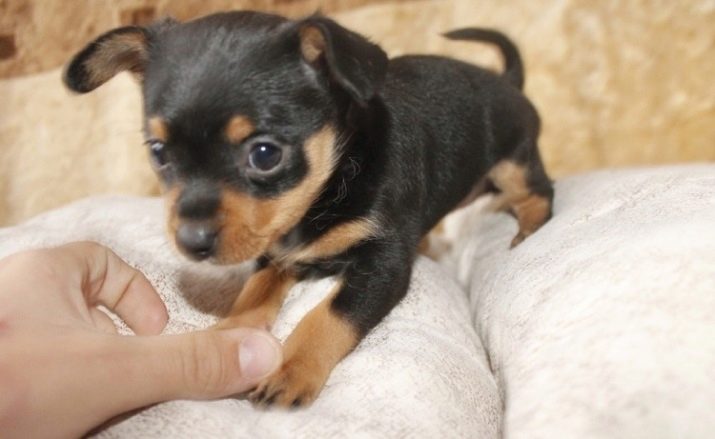
Content rules
Some would-be miniature dog owners choose small pets, thinking they are less worried about. For example, there is a myth that there is no need to walk with decorative individuals. Yes, indeed, they can be trained to use the litter box, but walking is required: the dog needs physical activity so that the muscles do not atrophy, so that obesity does not appear, to maintain immunity, to communicate with others like themselves.
Before the puppy appears, the apartment needs to be prepared: choose a place for a bed, feeding, a tray, remove all small items from the places accessible to the pet (he, like a child, pulls everything into his mouth), prepare combs, shampoo, cosmetics for the care of wool and paws, purchase a harness, clothes for walk, of course, you need toys, and also find out in detail how, what and how many times you need to feed a puppy of your chosen breed.

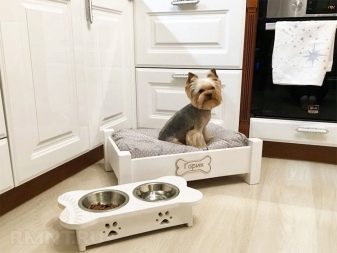
In many families, a puppy is purchased for a small child. As a result, one of them cannot be explained that it is impossible to endlessly squeeze a little friend, and the other does not understand that biting a friend is bad. A puppy is not a toy. And even an adult lap dog cannot always adequately respond to the molestation of children. For a child, choose a dog not for size, but for typical character traits.
Another myth says that a small, trembling animal does not need to be raised and trained. This very deep misconception will lead to the fact that the dog will not obey, will run away or constantly bark, rush at people and animals. In addition, for many breeds, training is a game, an interesting activity with the owner. Therefore, every dog, regardless of size, must know the obligatory commands: "Fu!", "Stand!", "Place!", "Come to me!", "Sit!" Also, all dogs must be able to walk on a leash.
The owners of decorative breeds need to know that due to excessive care in miniature individuals, milk teeth change later. The reason is not only in the structure of the jaw, but also in the fact that the owner is sure: it is difficult for a small dog to chew solid food. This is not so - the load on the jaw must be mandatory (not only carrots, apples, dry food, but also hard toys, toothpick bones).
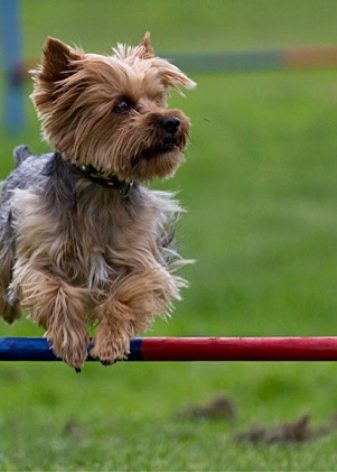
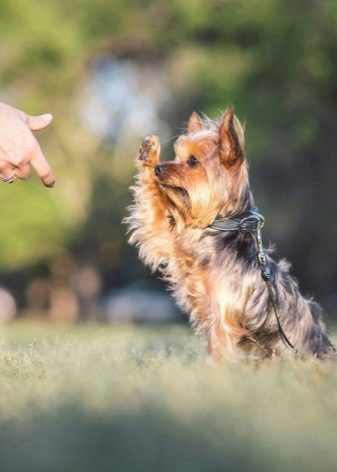
Due to problems with reproduction, allow only planned mating, and if you do not want to lose the baby, then check it regularly during pregnancy. She may need to give birth in the presence of a veterinarian. Decorative dogs have an accelerated metabolism, which is why the body temperature is higher than that of large breeds. The result is that they often freeze and tremble. Caring owners get the right clothes for their pet. But it is often forgotten that this is a dog, not a doll. Things should be comfortable first of all, and only then beautiful.
The well-known proverb "a little dog until old age is a puppy" is absolutely unfair. Due to the accelerated metabolism, dwarf breeds mature faster, but the owners do not always understand this, continuing to lisp, forgive pranks, and do not pay attention to obvious deviations from canine norms of behavior. And some continue to feed higher-quality puppy foods, condemning adult dogs to obesity.

And one more important note: since 2019, the rules for keeping dogs have changed. The regulatory documents clearly state where and how you can walk with them.For decorative breeds there are some indulgences, but there are general obligations, for example: each owner is obliged to clean up excrement after his pet, you can walk away from playgrounds and hospitals, etc. Each city has developed its own standards, so the owner of the dog should definitely familiarize himself with the rules, because violating them is punishable by a fine.
If a person decides to have a four-legged friend, that's great. And decorative dogs for many are salvation. But the pet is a responsibility to the dog and family members.
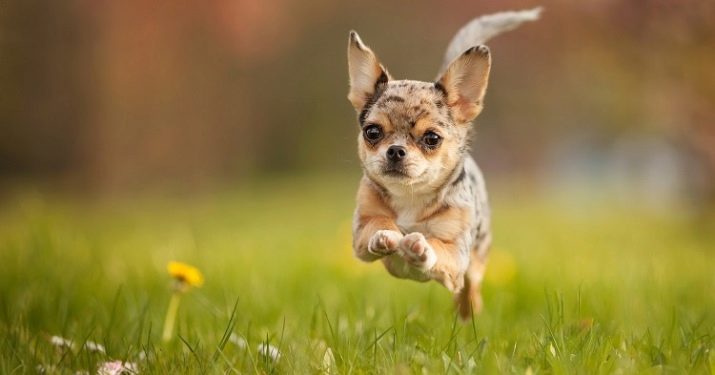
In the next video you will find interesting facts about the Toy Poodle breed.






































